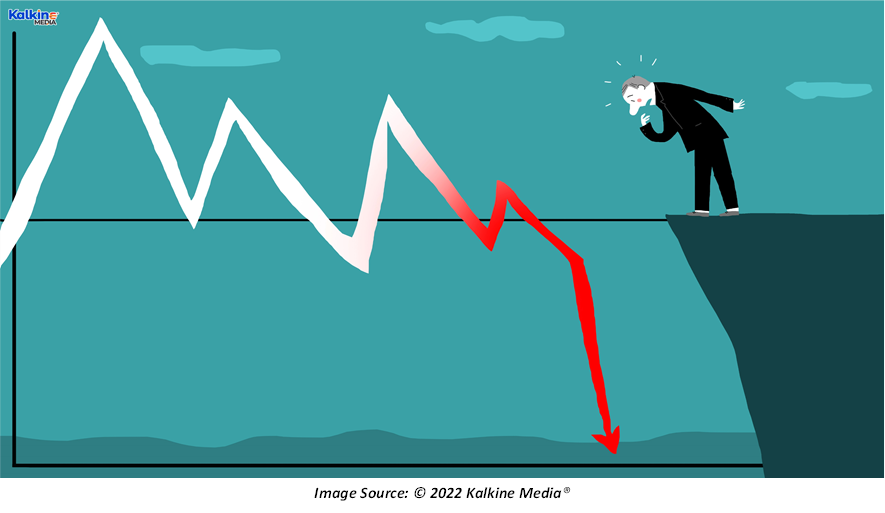Highlights
- As per ABS, the unemployment rate stood at 4.2% in January 2022.
- The data further reveals that hours worked showed a larger than usual decline in January 2022.
- In January, employment increased by 13,000 people as more people were pulled into the workforce relative to those being removed.
Australia’s labour market recovery has been going from strength to strength over recent months, reflecting the ongoing strength of businesses and the gradual bounce back to normal working conditions.
With virus-related fears subsiding slowly, the economy seems to be better positioned in the new year compared to the delta variant outbreak. The recent data from the Australia Bureau of Statistics (ABS) reveals that the labour market continues to resonate with this ongoing momentum, as the unemployment rate showed no monthly change in January 2022.
As per the ABS, the jobless rate stood at 4.2% in January 2022, similar to what was seen in December 2021. The number of people employed inched up 0.1% on a monthly basis and 2.8% on a yearly basis in January. A more significant impact was felt on the monthly hours worked, which declined 8.8% between December and January.
Interestingly, the unemployment rate of 4.2% represents Australia’s lowest unemployment rate in thirteen years, which was achieved despite Omicron fears boiling up in the country.
INTERESTING READ: Which global events can influence the Australian economy?
Is the economy closer to pre-pandemic levels?
The latest data reveals that the unemployment rate was 1.1 points below the rate recorded in March 2020, when the lockdowns had been implemented for the first time. This amounted to 143,200 fewer unemployed people in January compared to March 2020. Meanwhile, youth unemployment in January was 2.6 points lower than in March 2020.

A crucial aspect to consider here is the declining consumer and business confidence statistics seen early this year. Market experts believe that Omicron has soaked some of the existing momenta in the economy as people decided to remain indoors in fear of catching the virus. Growing fears surrounding the new variant caused much stir as consumers decided to follow self-imposed restrictions. Consequently, market activity was hurt in January, with the manufacturing and services sectors reporting a slowdown.
At the same time, employment data shows sheer resilience and strength of the labour market since the end of 2021, with labour demand standing at an all-time high. This relative strength might have helped Australia to retain a low unemployment rate despite much uncertainty in January 2022. While the jobless rate was not impacted, the hours spent working showed some impact from Omicron-related factors.
GOOD READ: RBA may hike cash rate in June 2022, says CBA economist
A steep downward trail for hours worked data
A more pressing finding from January’s labour force data is the steep monthly drop of 8.8% in the hours worked. Experts suggest that this decline resulted from many people taking annual or sick leaves in early 2022 when the spread of Omicron was at its highest.
Meanwhile, the decline in hours worked was much higher than the average for January, with New South Wales and Victoria taking much of the fall. A larger number of people took annual leaves in the first two weeks of January compared to last year. Additionally, there were higher than usual numbers of people on sick leave over the month. The recently released data from the ABS showed that 22% of the total staff was absent from the workforce from 27 January to 4 February.
To get more perspective, consider that the average number of people on week-long sick leaves during January is usually around 90,000 to 100,000. However, in January 2022, this figure was 450,000 people, much higher than usual statistics.

On the brighter side, employment increased by 13,000 people in January as more people were pulled into the workforce relative to those being removed. The participation rate also reached closer to its all-time high of 66.3%, standing at 66.2% for January. However, the underemployment rate inched up 0.1 percentage points to 6.7%.
Bottom Line
There is no direct path leading the economy towards the pre-pandemic levels. Instead, the required recovery will largely see countries navigating through bouts of uncertainty.
January’s employment results indicate that though many people were able to retain their jobs last month, the rising spread of the Omicron variant kept many locked away in their houses. Each strain of the virus has impacted the economy differently. It would be interesting to see how the economy jolts against this speedbump in terms of consumer spending, business turnover and inflation expectations.
ALSO READ: Economies with record-breaking inflation



